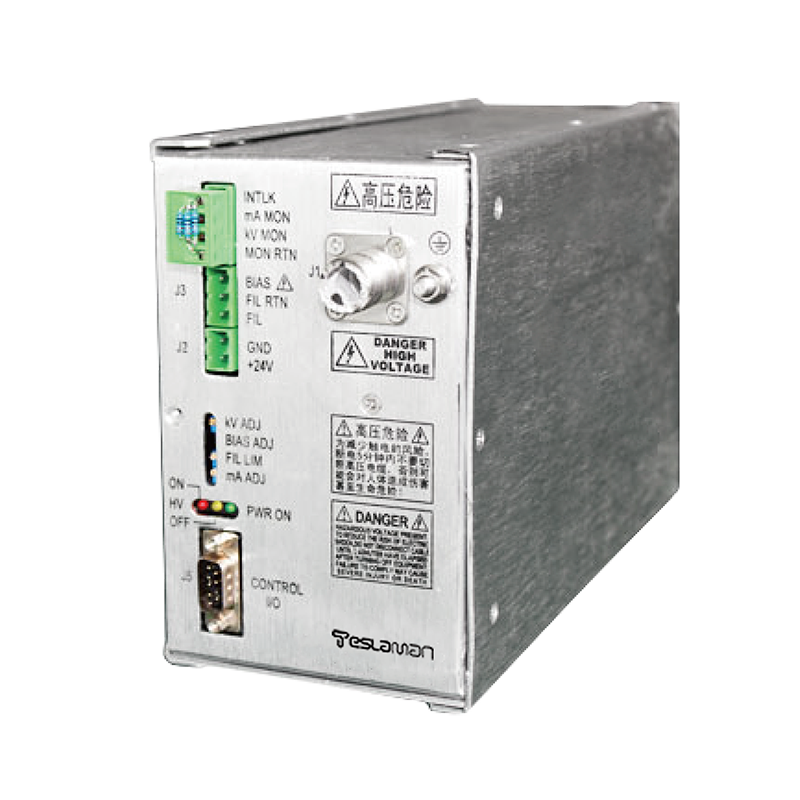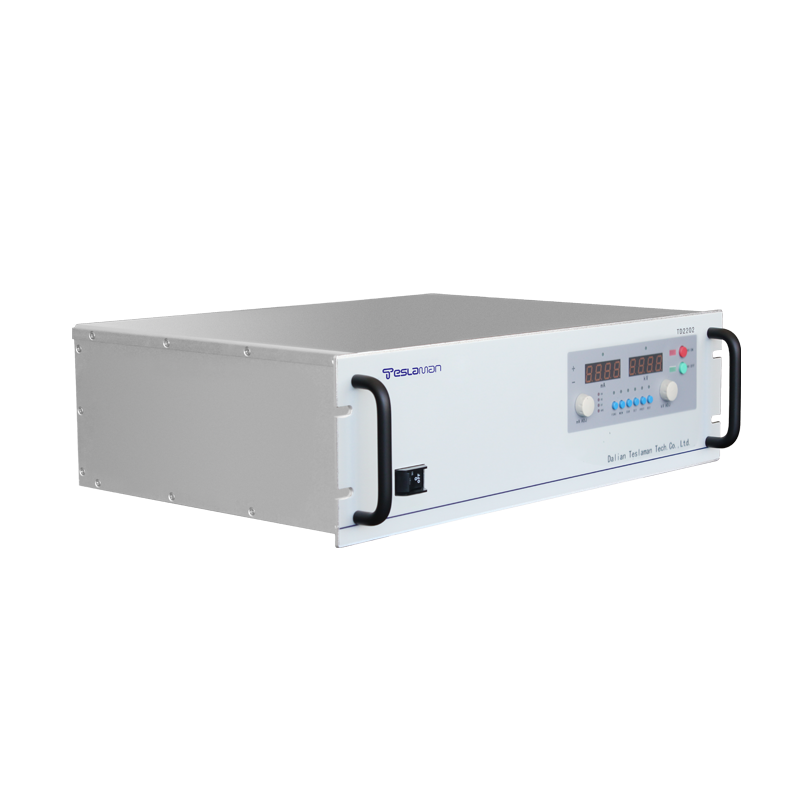High Voltage Power Supply in Power System Fault Diagnosis Technology Research
Abstract
This article professionally explores the critical role of high voltage power supplies in power system fault diagnosis, analyzes the impact of high voltage power supply failures on power systems, details fault diagnosis methods based on high voltage power supply characteristics, and prospects future technology development trends. Research shows that as a core component of power systems, high voltage power supply fault diagnosis technology is of great significance for ensuring the safe operation of power grids.
Keywords: high voltage power supply; power system; fault diagnosis; insulation testing; partial discharge
I. Importance of High Voltage Power Supply in Power Systems
As the core energy conversion device in modern power systems, high voltage power supplies perform key functions such as voltage transformation, energy distribution, and system protection. During power transmission and distribution, the operating status of high voltage power supplies directly affects the stability and power supply quality of the entire grid. Statistics show that about 35% of faults in power systems are directly related to high voltage power supply equipment, making high voltage power supply fault diagnosis technology a key area in power system operation and maintenance.
Typical operating characteristics of high voltage power supplies include high voltage output, large current carrying capacity, and adaptability to complex electromagnetic environments. These characteristics expose high voltage power supplies to various potential fault risks during operation, such as insulation aging, partial discharge, and winding deformation. Once a fault occurs, it can not only cause equipment damage but may also trigger chain reactions leading to large-scale blackouts.
II. Common High Voltage Power Supply Fault Types and Impact Analysis
2.1 Insulation System Faults
The insulation system is one of the most vulnerable parts of high voltage power supplies. During long-term operation, insulation materials gradually degrade due to electrical, thermal, mechanical, and environmental stresses. Typical insulation faults include:
Solid dielectric breakdown
Moisture absorption in oil-paper insulation systems
Surface tracking phenomena
Insulator pollution flashover
These faults typically manifest as increased partial discharge or abnormal dielectric loss tangent (tanδ) values, which can be detected early through professional testing methods.
2.2 Winding System Faults
High voltage power supply windings may deform or displace under electromagnetic and thermal stresses, leading to:
Inter-turn winding short circuits
Winding-to-ground short circuits
Open windings
Poor contacts
Such faults significantly alter the equipment's electrical parameters, such as short-circuit impedance and winding resistance, making them key diagnostic targets.
2.3 Cooling System Faults
Cooling system failures in high voltage power supplies cause abnormal temperature rises, accelerating insulation aging. Common issues include:
Cooling medium leakage
Radiator blockage
Fan failure
Oil pump failure
III. High Voltage Power Supply Fault Diagnosis Technologies
3.1 Traditional Diagnostic Methods
Traditional high voltage power supply fault diagnosis primarily relies on periodic preventive tests, including:
1. Insulation resistance testing: Measures insulation resistance between windings and ground to assess insulation status
2. Dielectric loss testing: Uses tanδ values to determine insulation degradation
3. Turns ratio testing: Verifies whether winding turns ratios meet design requirements
4. DC resistance testing: Checks winding conductor integrity
5. Oil chromatography analysis: Analyzes dissolved gases in oil-immersed equipment
3.2 Modern Intelligent Diagnostic Technologies
With advancements in sensor technology and artificial intelligence, high voltage power supply fault diagnosis has entered an intelligent phase:
1. Online monitoring systems:
Online partial discharge monitoring
Online dissolved gas analysis in oil
Real-time temperature distribution monitoring
Vibration and noise analysis
2. Multi-parameter fusion diagnosis:
Combines electrical and non-electrical parameters using data fusion technology to improve diagnostic accuracy.
3. Artificial intelligence algorithm applications:
Deep learning networks for fault pattern recognition
Support vector machines for fault classification
Fuzzy logic for handling uncertain problems
3.3 Emerging Diagnostic Technologies
1. Ultrasonic testing technology: Locates fault points by capturing ultrasonic signals generated by partial discharge
2. Ultra-high frequency testing technology: Detects partial discharge signals in the 300MHz-3GHz frequency band
3. Infrared thermal imaging technology: Non-contact detection of equipment surface temperature distribution
4. X-ray imaging technology: Visual inspection of internal structural defects
IV. Development Trends in Fault Diagnosis Technology
Future high voltage power supply fault diagnosis technologies will exhibit the following development trends:
1. Deep integration of IoT technology: Deploys numerous smart sensors to build digital twins of high voltage power supplies, enabling full lifecycle health management.
2. Edge computing applications: Implements data preprocessing and preliminary diagnosis at the device end to reduce data transmission pressure and improve response speed.
3. Predictive maintenance models: Predicts equipment remaining lifespan based on big data analysis, shifting from periodic maintenance to condition-based maintenance.
4. Multi-physics coupling analysis: Considers the coupled effects of electrical, magnetic, thermal, and mechanical fields to establish more accurate fault models.
5. Standardization and normalization: Develops unified fault diagnosis standards and data interface specifications to promote technology adoption and application.
V. Conclusion
As critical equipment in power systems, high voltage power supply fault diagnosis technology is directly related to the safe and stable operation of power grids. The combination of traditional diagnostic methods with modern intelligent technologies has significantly improved fault detection accuracy and timeliness. With the development of new technologies such as IoT and artificial intelligence, high voltage power supply fault diagnosis will evolve toward intelligence, precision, and predictability. Power companies should emphasize the research and application of high voltage power supply fault diagnosis technologies, establish comprehensive equipment condition monitoring systems, and provide technical support for smart grid construction.




















